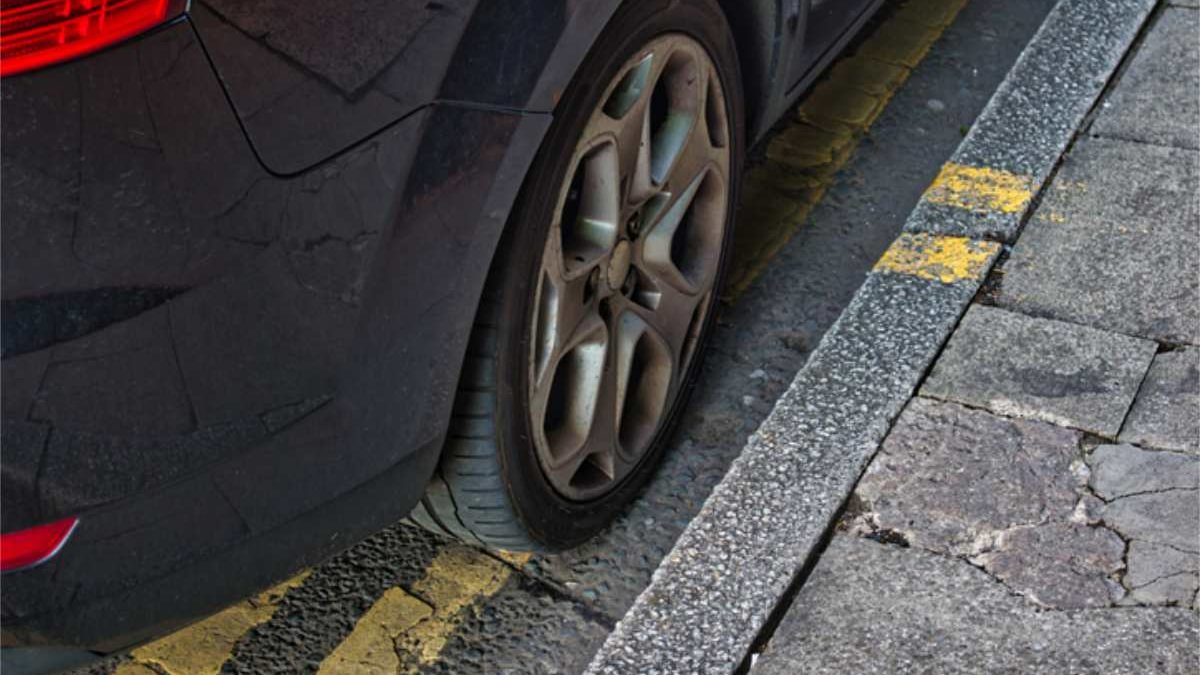Maintaining the proper size and fit of tires on your vehicle is crucial for safety, performance, and overall driving experience. However, there may be instances where you wonder if it’s possible to put different size tires on one rim, either out of necessity or personal preference. While it may seem tempting to mix and match tire sizes, it’s essential to understand the implications and potential risks involved. In this article, we will explore the topic in detail, providing you with the necessary information to make an informed decision about tire compatibility and safety.
Table of Contents
Understanding Tire Sizes
Before delving into the question of mixing different tire sizes on one rim, it’s important to have a basic understanding of tire sizing. Tires are identified by a combination of numbers and letters, such as P225/50R17 or 235/75R15. Let’s break down what these numbers mean:
1. Width:
The first number indicates the width of the tire in millimeters, measuring from sidewall to sidewall. For example, in P225/50R17, the tire width is 225 millimeters.
2. Aspect Ratio:
The second number, following the slash (/), represents the aspect ratio. This is the ratio of the tire’s sidewall height to its width. Using the same example, in P225/50R17, the aspect ratio is 50, indicating that the sidewall height is 50% of the tire’s width.
3. Construction:
The letter following the aspect ratio signifies the tire’s construction type. “R” stands for radial construction, which is the most common type used in modern tires.
4. Rim Diameter:
The final number represents the rim diameter in inches. In P225/50R17, the tire is designed to fit a 17-inch diameter rim.
Can You Put Different Size Tires on One Rim?
While it is technically possible to mount different size tires on one rim, it is not recommended due to several important reasons:
1. Compatibility Issues:
Tires are carefully engineered to match specific rim sizes and vehicle specifications. Mixing tire sizes on one rim can lead to compatibility issues, affecting the overall performance and safety of your vehicle.
2. Handling and Stability:
Tire sizes impact the handling and stability of a vehicle. Different tire sizes can result in variations in height, circumference, and grip, leading to imbalanced handling characteristics. This can affect traction, braking performance, and overall stability, potentially compromising your safety on the road.
3. Speedometer Accuracy:
Tire sizes directly affect the accuracy of your vehicle’s speedometer and odometer readings. If you install tires with different sizes on one rim, it can result in inaccurate speed and distance measurements, which can lead to legal issues and potential complications.
4. Suspension and Clearance:
Different tire sizes can alter the suspension geometry and clearance between the tire and other components of your vehicle. This can result in interference, rubbing, or damage to the fenders, wheel wells, or suspension parts.
5. Potential Damage:
Mounting tires of different sizes on the same rim can cause stress and damage to the tire sidewalls, compromising their structural integrity and potentially leading to tire failure.
Considerations for Tire Replacement
While it is generally not advisable to mix different size tires on one rim, there are situations where tire replacement may require deviations from the original size. Here are a few considerations:
1. Replacing a Single Tire:
If one tire becomes damaged and cannot be repaired, it may be necessary to replace it. In this case, it is recommended to match the size and specifications of the remaining tires on the vehicle as closely as possible. Consulting the vehicle manufacturer’s recommendations or seeking advice from a tire professional is crucial to ensure compatibility.
2. Plus-Sizing or Minus-Sizing:
Some vehicle owners may choose to “plus-size” or “minus-size” their tires for various reasons, such as aesthetics or performance. These modifications involve changing the tire size while maintaining the overall diameter to ensure compatibility with the vehicle’s suspension and braking systems. It is important to consult with a tire professional who can recommend appropriate tire size adjustments and ensure proper fitment.
3. Tire Rotation:
Regular tire rotation is important to promote even tire wear and extend their lifespan. When rotating tires, it is generally recommended to maintain consistent tire sizes on each axle. However, there may be cases where slight variations in tire sizes are acceptable based on the vehicle manufacturer’s recommendations. Consult the vehicle owner’s manual or seek advice from a tire professional for guidance.
The Right Tires for the Right Rims
While it is technically possible to mount different size tires on one rim, it is not recommended due to compatibility, safety, and performance concerns. Tires are carefully engineered to match specific rim sizes and vehicle specifications, and deviations from these specifications can result in handling issues, potential damage, and compromised safety on the road. Whenever tire replacement is necessary, it is advisable to match the size and specifications of the original tires as closely as possible or seek professional advice for appropriate modifications. By prioritizing tire compatibility and adhering to recommended sizes, you can ensure a safer and more enjoyable driving experience.


